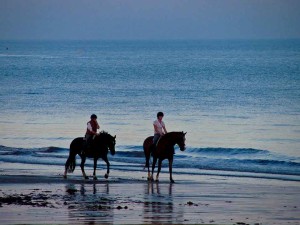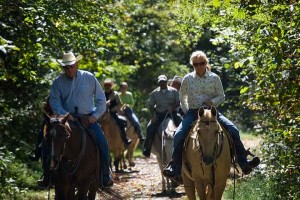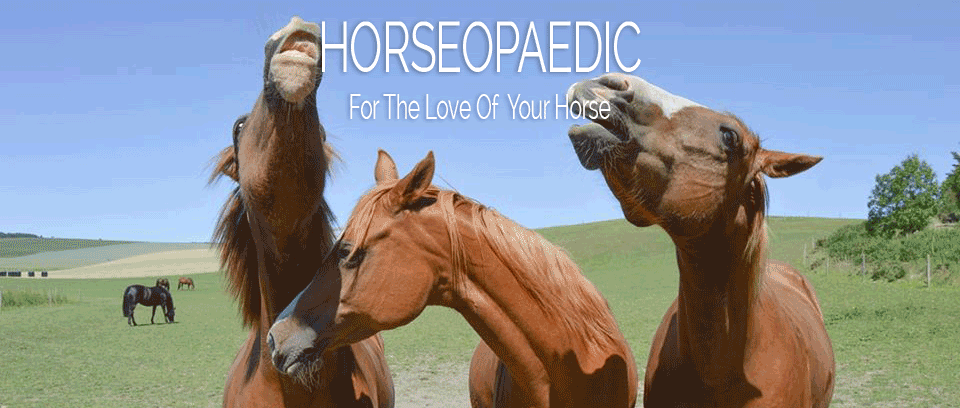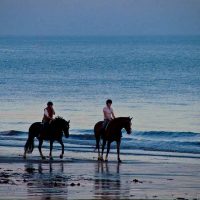
Older Horse Riders
Accept it, then deal with it
All horse riders will get older, FACT! Accept the inevitable fact that you’re not as young as you once were and, therefore, can’t or shouldn’t take the chances you once did.
“When you’re young and you fall off a horse, you may break something. {When you’re my age and you fall off, you splatter,” said Roy Rogers, and he was right.”
Staying in shape for riding is critical; it makes riding possible plus, diffuses the muscle aches between rides. Stretching, core-building, and cardio workouts all are important. Pilates for horse riders is also an excellent way of stay “horse riding fit”
Don’t Stop!
I’ve seen riders in their 70s and 80s in the equestrian world doing just fine– mostly men, admittedly, which may mean they have more testosterone or who knows what. They’re so mentally and physically healthy and vital as a result! Look at Monty and Pat Roberts, in their 70s and you wouldn’t know it. Queen Elizabeth is another one, she’s never stopped riding, although she rides a different type of animal these days to when she was young.
As one 80-year-old I know says,
“I ride because I want to live.”
He also said one secret is never stop riding because you can’t easily get back to it once you’re passed a certain age. His own mentor hunted and jumped into his early 90s!
Beyond a can-do attitude, yoga Pilates and weight training are essential, for balance and strength.
“Proper boots and helmet, be kitted out properly” is another tip from am older rider
Find Friends
Finding friends to ride with is important. I don’t want to go galloping around trails with young hot-heads anymore. I just want to amble along. Finding a group of your own age to share activities is also good. Maybe a walk/trot drill team, something like that?
Older riders often need accommodations for things like hip/knee pain/replacement. There was a gentleman in his late 60s with a knee replacement who desperately wanted to fulfill a lifelong desire to master riding.
Different things were used to compensate in mounting (from the off-side, with a mounting block), stirrup length (longer than normally suggested).

Take Lessons
Now that 50 is the new 40 and 60 is the new 50 and so on, I’m not sure what category I’m in anymore. In my late 50s it’s more about the pure enjoyment of being with the horse, not winning the competition.
Staying fit enough to be a safe, smart, sounder rider can be the biggest challenge. As ever, there’s not enough time to do everything– that is, balancing all the other priorities in life, some people struggle with that. Still, I do believe in lessons, lessons, lessons!}
Beyond that, I hope to be riding with like-minded folks well into my 80s. That’s the goal.
No– Skip the Lessons!
I find myself less interested in trying to improve or challenge myself nowadays. After decades of riding, I increasingly find the concept of taking a lesson far less appealing than, say, a relaxing trail ride with friends or just some solitary arena time with my horse.
It’s not that I don’t think I can learn more– of course, we ALL can, at any age– I just don’t fancy being constantly told what to do for a solid hour, especially with free time at such a premium.
Try Something Different
There are plenty of ways to learn new things:
- Western riding
- Cart/carriage driving
- Natural horsemanship
- Teaching young children how to ride.
I have a 70-year-old friend who still loves jumping, but for a different reason than she did in her early riding years. The height of the fence is no longer her focus; now her challenge is memorizing the course! Some of the classes require you to remember up to 14 jumps, a good way to exercise your mind. This is one of her new goals, a memory lesson rather than a clear round over big jumps.
Commitment and Consistency
Commitment and consistency are key here, no effort and you won’t’ achieve anything. With horse reading being a sport. you should treat yourself like an athlete who’s training.
It’s pointless taking a lesson then doing nothing for 3 or 4 weeks. Consistent participation brings consistent results.
To be consistent, Make guidelines for yourself and keep your appointment with your horse just as you would with your doctor– or with your hair stylist! It’s unlikely you’ll cancel a hair appointment so treat your “horse appointment” in the same way.
Remember that the quality of the time you spend riding is even more important than the quantity. It really doesn’t take much. Twenty minutes of quality time in the saddle might be all you need IF you do it consistently.
Staying Limber and Fit
Find groups who not only ride, but also exercise to keep limber and fit. Exercising with other people is much more fun, and you’re more likely to be consistent.
Beyond that, it really is important to stretch and exercise regularly, there’s nothing worse than muscle cramps when you’re on horseback! Those extra pounds above your belt (muffin top)? Best to try and keep that down, or lose it all together.
A bit of stretching, walking, light weight lifting all help to keep you strong and limber, as does yoga. There are many yoga classes around now since the practice has become more mainstream. Pilates and yoga are excellent for keeping your lower back in tip top shape, Generally, this is where people first start to feel their age, back twinges.
Know Your Limits
Push yourself but also know your limits, “quit while you’re ahead” applies here. Be smart, enjoy jumping but keep away from 5ft fences. Ride the trails, but you don’t need to be the first one back.
Older horse riders can still have lots of fun, just follow the tips above and you too can still be riding in your 80s and 90s.

